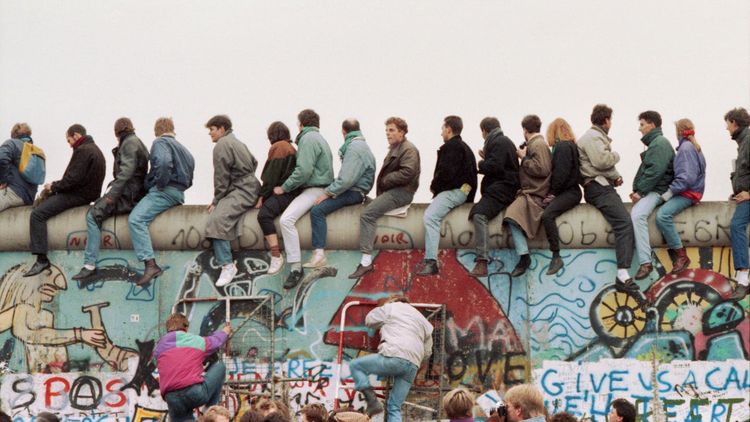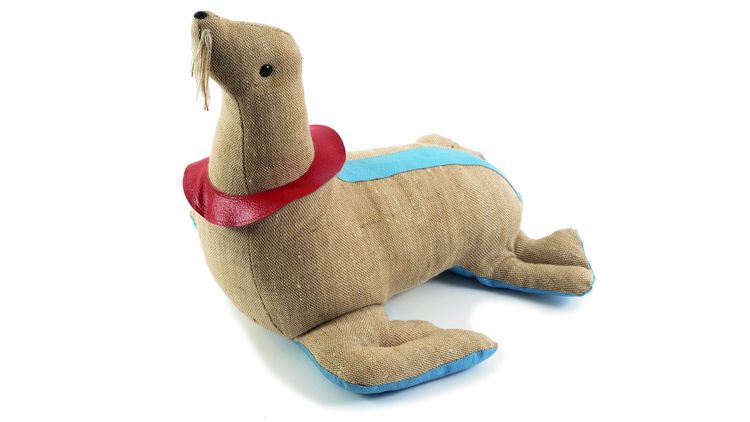ProduitsChaisesFauteuilsCanapésSièges de bureauChaises longuesTabourets et bancsSculpturesSièges conférenceSièges pour aéroportsRangementMicro architectureTables de salle à mangerTables de caféTables basses et tables d’appointBureauxSystèmes de mobilier de bureauSystèmes de conférenceLumièresHorlogesObjets décoratifsPorte-manteaux et étagères muralesPlateaux et vaissellesNouveauBest-sellerRapidement disponibleCouleurs & matériauxAlexander Girard Antonio CitterioBarber OsgerbyCharles & Ray Eames George NelsonHella JongeriusIsamu NoguchiLounge chair finderOffice chair finderGift finderEntretien & réparationPièces de rechangeProduits d'entretienGarantie du fabricantVitra Circle StoresVitra Circle for Contract (Clients professionnels)Lounge Chair & OttomanHang it allInspirationsSéjourSalle à mangerHome OfficeChambre d'enfantsExtérieurHome StoriesAugmented RealityCouleurs & matériauxHome SelectionEspace de travailConcentrationRéunionAteliersClub OfficeCitizen OfficeStudio OfficeDynamic SpacesEspace de réceptionAéroportsÉducationCo-WorkingHealthcareNos clientsDestination WorkplaceÀ l’heure des classiquesChaises de bureauDancing OfficeHome StoriesHome Selection : tisus de Kvadrat et DedarAugmented Reality - faites entrer les produits Vitra dans votre maisonL'École de design : Valoriser le travail et les connaissancesÀ l’heure des classiquesCouleurs & matériauxUne maison accueillante Un paysage de bureaux - sans murs ni cloisonsConfort et durabilité réunisUn espace de premier plan pour une grande école d'artServicesEntretien & réparationPièces de rechangeProduits d'entretienGarantie du fabricantFAQ et contactGuides d'utilisationConsulting & Planning StudioVitra Circle StoresVitra Circle for ContractConseils & planification dans la VitraHausGuides d'utilisationInstructions d'entretien pour l'extérieurRéparation, entretien, remise en état au Vitra Circle Store Campus ProfessionalsDonnées CAOFiches produitsCertificatsRapport sur le développement durableGuides d'utilisationInformations écologiquespConExemples de planificationCouleurs et matériauxCertificats et normesHome SelectionLogin revendeurNos clientsMyntDestination Workplace: Rendez visite à nos clients et partenairesAnagram SofaMikadoTyde 2 sur roulettesACXDancing OfficeSièges de bureauDancing Wall mobile collaborationMagazineHistoiresEntretiensExpositionsDesignersLe Projet VitraA Capsule in TimeSeeing the forest for the treesRefining a classicMynt is a lifetime achievement to meA desk like a typefaceV-FoamSculptural IconsGames bring people together – just like good officesLet there be light!Social SeatingJust Do It!EVER GREENWhy the Eames La Fonda Chair was designedWhen a Sofa is more than just a Sofa: Anagram100% virgin wool – 100% recyclableAn archive is like a time capsuleVitraHaus Loft - A conversation with Sabine MarcelisA 1000 m2 piece of furnitureFrom a toy to an objectThe Eames Collection at the Vitra Design MuseumAbout the partnership between Eames and VitraVitra CampusExpositionsVisites guidées et ateliersRestaurationShoppingActivités en familleArchitectureVotre événementConseils & planification dans la VitraHausPlanifier votre visiteVitra Campus appCampus EventsActualitésVitraHausVitra Design MuseumVitra SchaudepotVitra Circle Store CampusOudolf GartenSur VitraDurabilitéJobs & CareersProcessus de designL’original est signé VitraHistoire - Project Vitra
Giving the East the attention it deserves
A conversation with Erika Pinner

Currently on display at the Vitra Design Museum, ‘German Design 1949–1989: Two Countries, One History’ is the first comprehensive exhibition on design in post-war Germany. Our conversation partner is Erika Pinner, who curated the show together with Klára Němečková from the Kunstgewerbemuseum Dresden. ‘German Design’ will travel to Dresden this autumn.
Ms Pinner, does this exhibition rewrite the history of pan-German design after 1945?
We did not rewrite German design history; mainly we added the perspective of East German design. The key question was: how is it possible to merge these two histories, which are each highly complex in and of themselves, into a single narrative? And to do it without losing sight of their respective particularities?For a long time, GDR design stood in the shadow of its counterpart in West Germany, and was perhaps even subject to some derision. Is that reflected in the state of research – are there more publications and documents devoted to developments in the West?
Yes, definitely. But both Klára Němečková from the Kunstgewerbemuseum and I myself had already researched various topics of GDR design, which is why we both knew a lot more about the design history of East Germany than that of West Germany. So for us it was easy to give the East the attention it deserves. Also because neither of us was born in Germany, allowing us to view the subject from the perspective of an outsider.
Is there more that separates the two countries in regard to their design history, or do they have more things in common?
It depends on the era: in the 1950s, for instance, designs in the East and West were often very similar. With the possible exception of such familiar products as the Braun appliances, uninitiated visitors to the exhibition will not find it so easy to classify them. Although design was already infused with political ideology in the 1950s, this was not yet clearly visible – neither in the East nor in the West. In the Sixties, the two societies grew further and further apart: for example, while there was still a housing shortage in the East, that was no longer an issue in the West. This is reflected in design. And in the final section of the exhibition, the period from 1973 to 1989, the difference in the number of new products is notable. In West Germany, new products were constantly being launched, but the East experienced a decline. And much of what was manufactured there was destined for export to Western countries.
What was the biggest discovery during your research?
The Bauhaus University in Weimar is home to the ‘Archive of Modernism’, and this archive has been a real treasure trove for me. Among other holdings, it preserves a collection of works by the East German designer Horst Michel, including many furniture pieces. Michel was highly influential in the early years after the GDR was founded, but he was also very dogmatic. He started initiatives to train aesthetic taste, and he even attempted to impose a law against the exploitation of the populace with kitsch. He and his team created many designs that actually went into production. A truly exceptional figure. What didn’t surprise me is how little people in Germany today know about East German designers. Horst Michel is a good example – aside from one page in Wikipedia, there is almost no information about him on the Internet.
Even more than thirty years after reunification, West and East is still a sensitive subject for many people.
Yes, that’s certainly true. In the course of our research, we encountered a lot of sensitivities. This already starts with vocabulary: in the East people used the word Formgestaltung, in the West Formgebung. As a non-native speaker of German, it is hard for me to discern the difference between these two terms. Later the word Design entered the lexicon, but only in the West to begin with.East and West were caught up in a competition between two systems – in what ways was the East obviously superior?
That question makes me think of ‘Superfest’ restaurant glassware, after a design by Margarete Jahny. Most former citizens of the GDR will still be familiar with these tumblers, which were found in every pub and in every restaurant during the Seventies and Eighties. ‘Superfest’ originated on order from the government, which wanted to conserve resources by producing unbreakable glass vessels. A special method was developed that made glass more durable. There were also plans to export the material, but manufacturers in Western Germany and Europe weren’t interested. They didn’t want to produce indestructible drinking glasses – that would have jeopardised sales over the long term. This reveals a lot about the different systems. Because it really should be the goal of design to create something long-lasting. That was of great importance in the GDR, but not so much in the FRG.
The exhibition ‘German Design 1949-1989. Two Countries, One History’ can be seen at the Vitra Design Museum in Weil am Rhein until 05.09.2021.
In context of the exhibition, the Vitra Design Museum offers various digital events: Online Opening Days
In context of the exhibition, the Vitra Design Museum offers various digital events: Online Opening Days
Publication date: 25.3.2020
Author: Jasmin Jouhar
Images: © Tim Wegner / laif; Renate Müller, VG Bild-Kunst, Bonn 2021, Foto: Quittenbaum Kunstauktionen GmbH, München; Vitra Design Museum, photo: Andreas Sütterlin; Archive Rudolf Horn, photo: Friedrich Weimer, Dresden; Kunstgewerbemuseum, Dresen State Art Collections, photo: Gunter Binsack;



